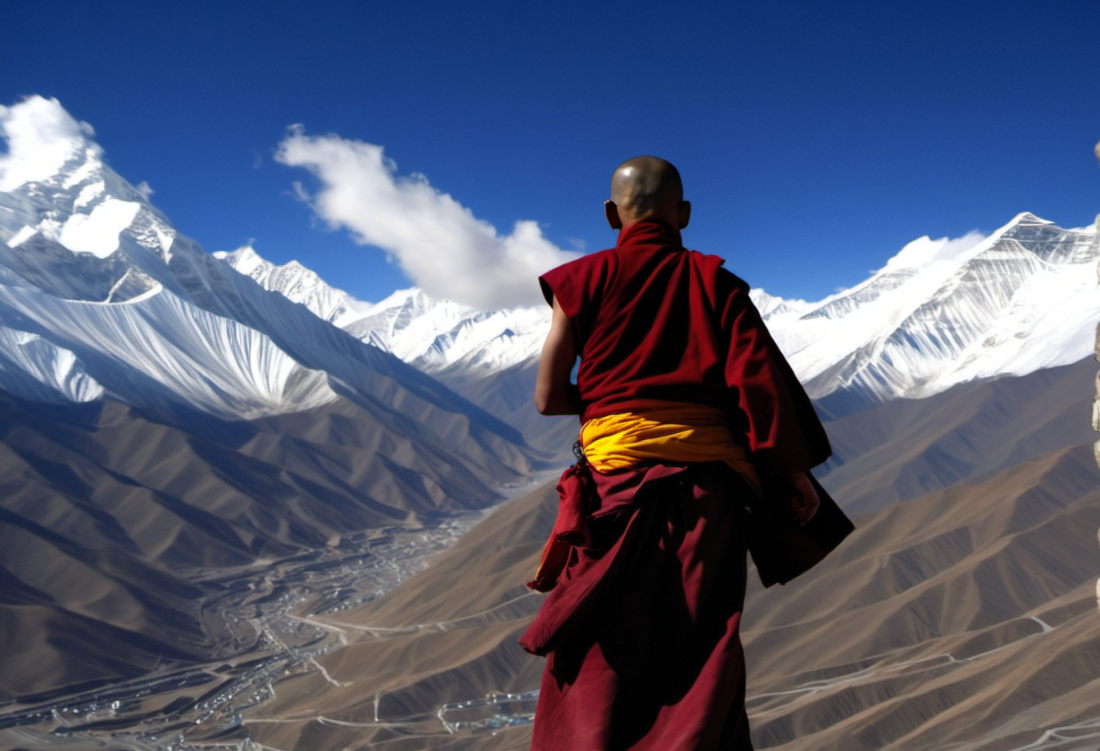
A new geophysical study suggests Tibet may be “splitting in two,” as the Indian tectonic plate is tearing underneath the Tibetan Plateau.
The seismic analysis study of the Himalayas around southern Tibet was presented at the American Geophysical Union Conference in December last year, providing evidence that the Indian plate is disintegrating beneath the Eurasian plate.
The Himalayas are a mountain range present in five countries, namely India, Pakistan, Nepal, China, and Bhutan. According to the Geological Society, the mountain range and the Tibetan Plateau have formed as a result of the collision between the Indian plate and the Eurasian plate which began fifty million years ago and continues to this day.
Led by Lin Liu, Danian Shi, and Simon L Klemperer, the study began by examining the levels of helium present in the Tibetan springs. A new theory about the plates that lie underneath the mountain range was presented.
A study has found the levels of helium were higher in southern Tibet compared to northern Tibet, suggesting the Indian tectonic plate is splitting in two underneath the Tibetan plateau. pic.twitter.com/b0TgXkReV2
— Ravi Kant 🪔 (@Ravi3pathi) January 23, 2024
Theories on the Indian ‘Splitting’ Tectonic Plate
Existing theories posit that the Indian plate could be sliding beneath the Eurasian plate without much subduction, a process known in the practice of geomorphology as underplating.
Another theory is that the deeper sections of the Indian plate might be subducting, while the upper segments are resisting movement against the mass of Tibet. The complex movements make it difficult to discern the precise geological activities beneath the Himalayas.
This latest study, titled “Slab tearing and delamination of the Indian lithospheric mantle during flat-slab subduction, southeast Tibet,” claims that what is actually happening may be a peeling of the tectonic plate rather than a splitting. This is a fusion of the previous two theories.
The study offers evidence that the Indian plate is subducting while, at the same time, undergoing warping and tearing. This causes the upper half to peel away. It is a completely new perspective in the discipline of earth science and presents a challenge to previous assumptions.
The study concludes: “Our SRFs objectively map depths to distinct Indian and Tibetan lithosphere-asthenosphere boundaries across a substantial region of south-eastern Tibet.”
“The inferred boundary between the two lithospheres is corroborated by more subjective mapping of changing SWS parameters,” as per the study, “and by independent interpretations of the mantle suture from mantle degassing patterns and the northern limit of sub-Moho earthquakes.”
According to the study, “The southern limit of Tibetan lithosphere and subjacent asthenosphere is at 31°N west of 90°E but steps south by >300 km to ~28°N east of 92°E likely representing a slab tear.”
If the conclusions drawn from the study are in fact an accurate picture of what is happening, it would indicate that the upper part of the Indian plate would rise up and cause Tibet to heighten, while the lower half would sink down further into the earth’s mantle.
See all the latest news from Greece and the world at Greekreporter.com. Contact our newsroom to report an update or send your story, photos and videos. Follow GR on Google News and subscribe here to our daily email!



